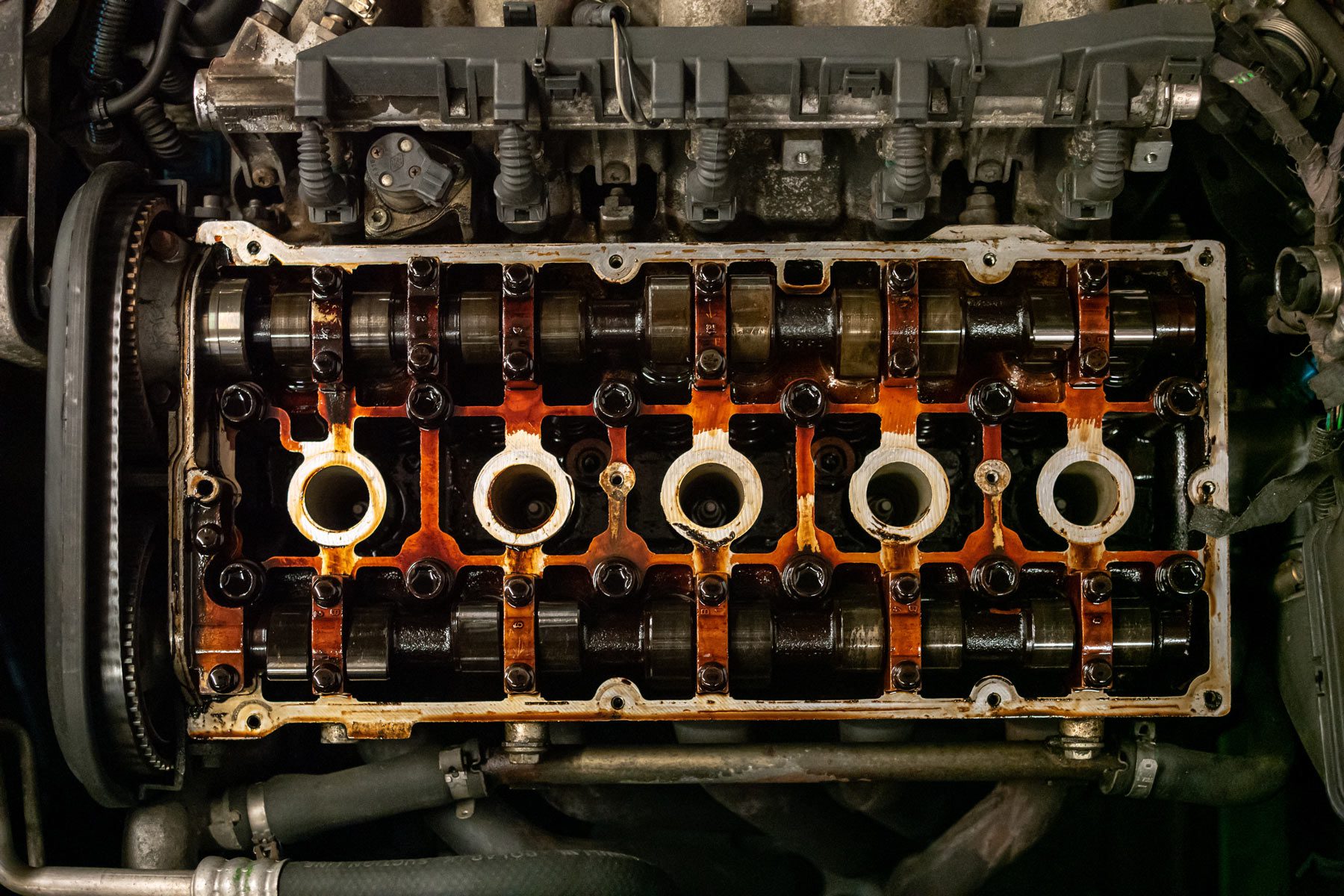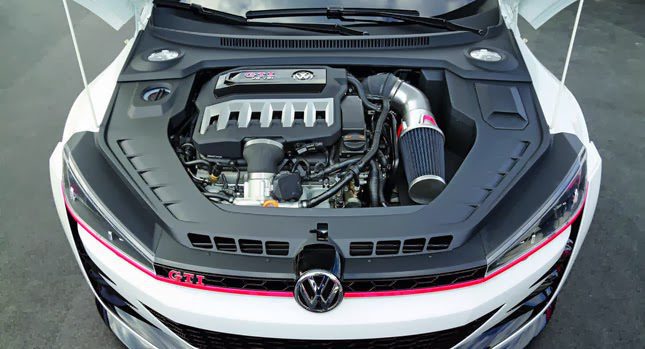Opel Corsa Engine: Top Tips for Upkeep and Treatment
In-Depth Evaluation of the Mechanical Parts of a Hatchback's Electric motor
Comprehending the complex operations of a hatchback's motor is akin to unwinding a complex puzzle where every item plays a critical duty in the total efficiency of the vehicle. As we delve right into the inner workings of these mechanical marvels, a deeper appreciation for the symphony of parts that drive a hatchback forward arises.
Pistons and Cylinders

The efficiency and performance of a hatchback's engine rely greatly on the smooth operation of the cylinders and pistons. Correct sealing between the piston rings and cylinder walls is crucial to preserve compression and prevent loss of power. Additionally, the dimension and layout of the cylinders directly influence the engine's variation and general power output. Routine maintenance and monitoring of these parts are important to make sure ideal engine efficiency and longevity.
Crankshafts and camshafts
Camshafts and crankshafts play vital roles in the procedure of a hatchback's internal combustion engine, facilitating accurate timing and conversion of direct activity right into rotational power. The camshaft, situated within the engine block, manages the opening and closing of the engine valves at certain intervals. As the camshaft revolves, its lobes push versus the shutoffs, permitting air and fuel into the combustion chamber and eliminating exhaust gases. This process synchronizes with the movement of the pistons to make certain optimum engine efficiency.
Any type of misalignment or malfunction in these parts can lead to engine performance issues and potential damages. Normal upkeep and prompt substitutes are needed to make certain the smooth procedure of these crucial engine elements in a hatchback.
Valves and Timing Belts
Playing a critical role his explanation in the synchronization and operation of a hatchback's internal burning engine, the valves and timing belts operate in combination with the camshafts and crankshafts to ensure optimal performance. Valves regulate the flow of air and gas into the burning chamber while expelling exhaust gases. The timing belt, additionally known as the webcam belt, synchronizes the turning of the camshaft and crankshaft, making sure that the shutoffs open and close at the right times in connection with the piston placement. Correct timing is important for the engine to operate efficiently and avoid damage due to disturbance between relocating official site components.

Fuel Injectors and Ignition System
Gas injectors and stimulate plugs are important parts in a hatchback's engine system, liable for the efficient distribution of gas and ignition of the air-fuel combination. Modern hatchbacks commonly make use of electronic gas injection systems that can adjust fuel distribution based on various variables such as engine tons, temperature level, and rate.
Appropriately operating stimulate plugs are important for engine performance, gas effectiveness, and emissions click here for more regulate. Normal evaluation and upkeep of both fuel injectors and spark plugs are necessary to make sure the engine operates efficiently and efficiently.
Air Conditioning System and Lubrication
Given the critical role of keeping optimum engine performance and performance in a hatchback, the air conditioning system and lubrication mechanisms are important elements that guarantee correct operating and longevity of the car. The lubrication system in a hatchback includes the oil pump, oil filter, and various lubes that decrease rubbing within the engine. Together, the cooling system and lubrication systems play an important function in keeping the hatchback's engine running efficiently and successfully.
Verdict

Pistons and cylinders are essential elements within the internal burning engine of a hatchback, accountable for converting gas into mechanical energy. The camshaft, situated within the engine block, manages the opening and closing of the engine valves at certain intervals.Playing a critical duty in the synchronization and procedure of a hatchback's internal burning engine, the valves and timing belts work in combination with the camshafts and crankshafts to guarantee ideal performance.Gas injectors and spark plugs are vital components in a hatchback's engine system, accountable for the reliable distribution of gas and ignition of the air-fuel combination. Modern hatchbacks usually use digital fuel injection systems that can readjust fuel distribution based on various variables such as engine temperature level, lots, and speed.